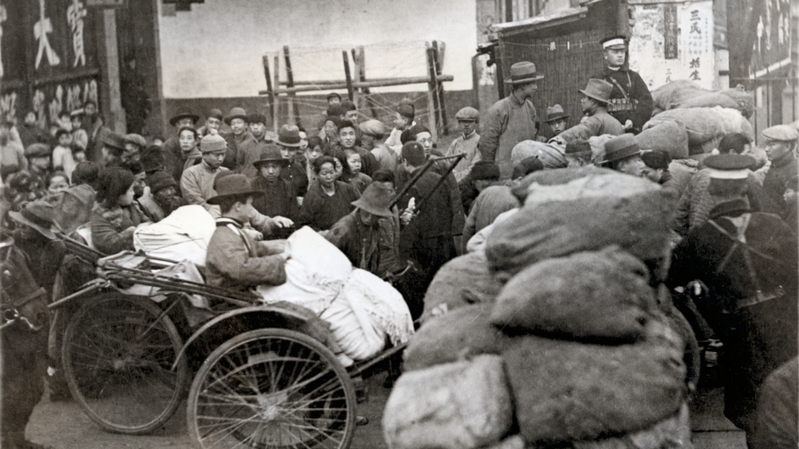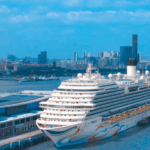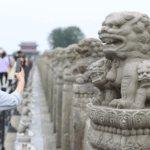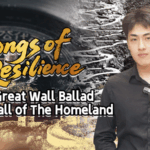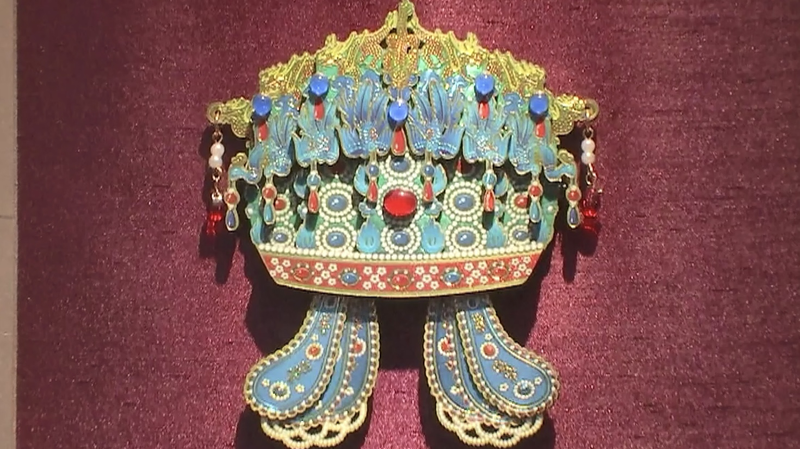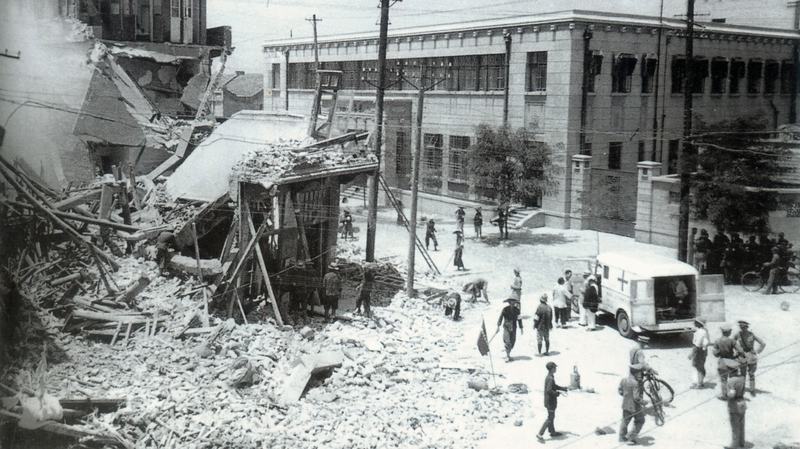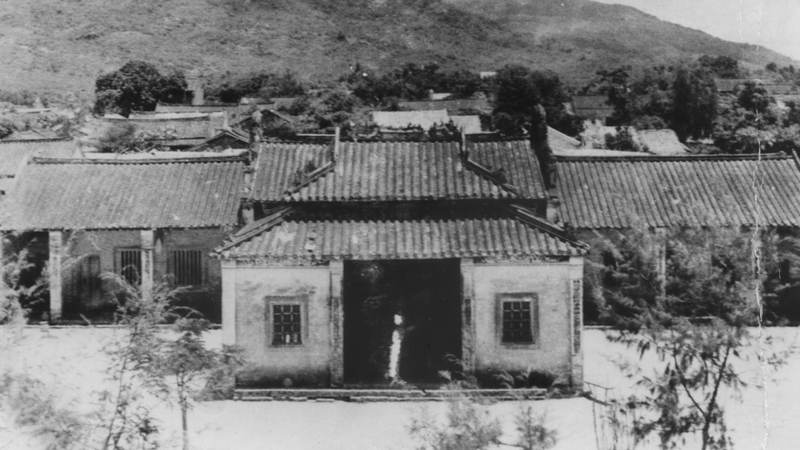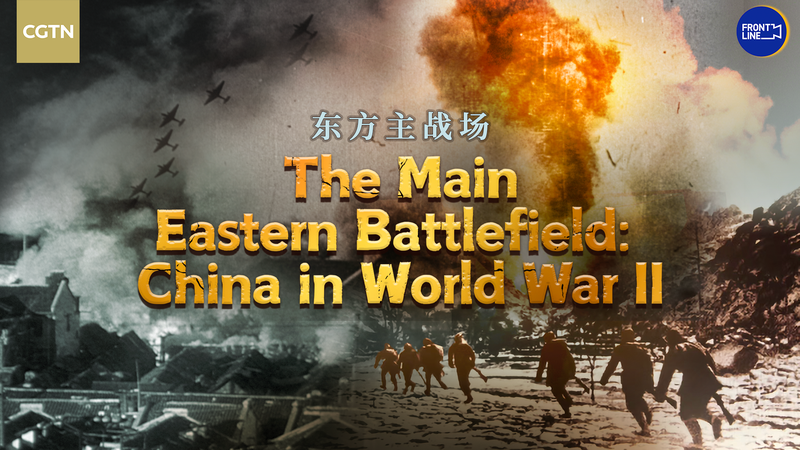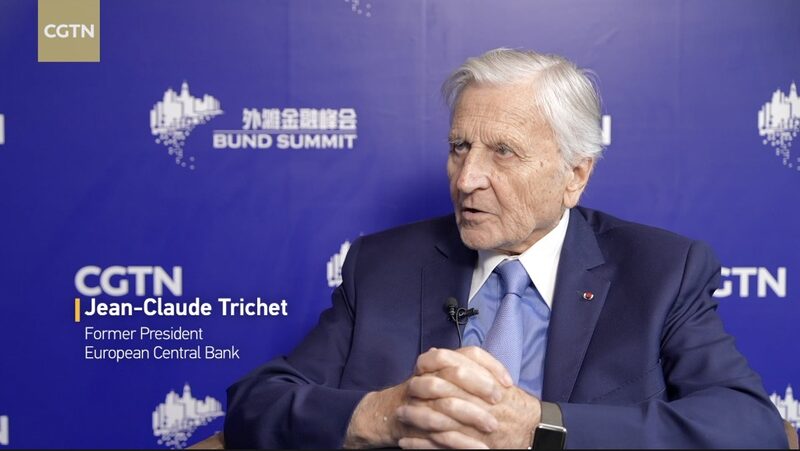In 1937, the thunder of artillery and smoke of battle engulfed Shanghai during one of the most pivotal clashes of China's War of Resistance against Japanese Aggression. The Battle of Shanghai, a brutal 3-month campaign, reduced neighborhoods to rubble and claimed countless lives. Yet from these ashes rose a phoenix of progress.
Today, Shanghai's skyline tells a story of resilience. The Huangpu River, once a witness to wartime strife, now reflects the glittering towers of Pudong – a symbol of China's economic transformation. The Bund, scarred by conflict in the 1930s, thrives as a living museum of architectural fusion where Art Deco facades stand alongside modern financial hubs.
This metamorphosis extends beyond concrete and steel. As a global financial center handling over $13 trillion in annual trade, Shanghai attracts multinational corporations and fintech innovators alike. Its free-trade zones have become testing grounds for blockchain integration and AI-driven logistics solutions, drawing interest from investors across Asia and beyond.
Cultural preservation walks hand-in-hand with modernization. The City God Temple complex, painstakingly restored after wartime damage, now hosts both traditional tea ceremonies and augmented reality heritage tours. This blend of old and new positions Shanghai as a case study in urban regeneration for city planners worldwide.
For the Asian diaspora, Shanghai's transformation carries particular resonance. The Hongkou District's Jewish Refugee Museum preserves memories of WWII sanctuary, while contemporary art installations in West Bund galleries explore themes of migration and identity – creating bridges between Shanghai's past and its global future.
Reference(s):
cgtn.com
